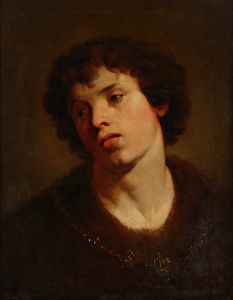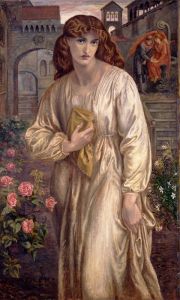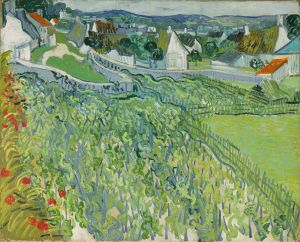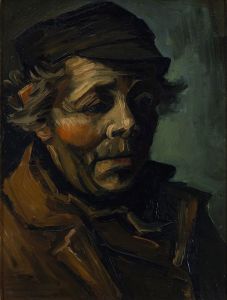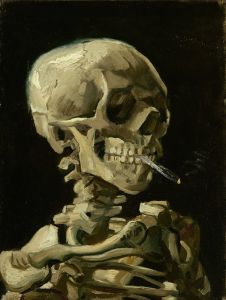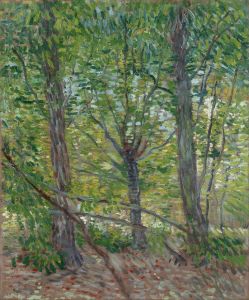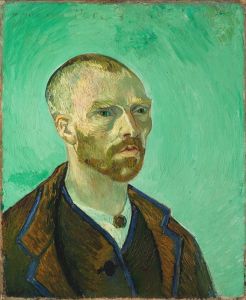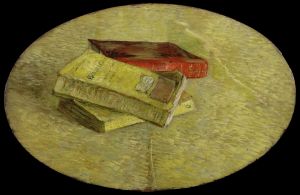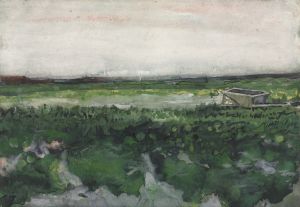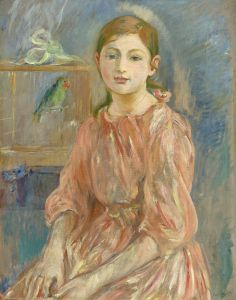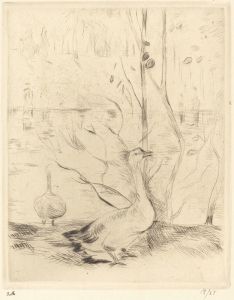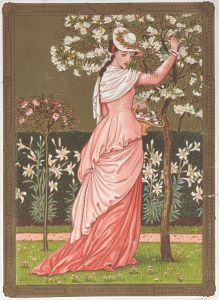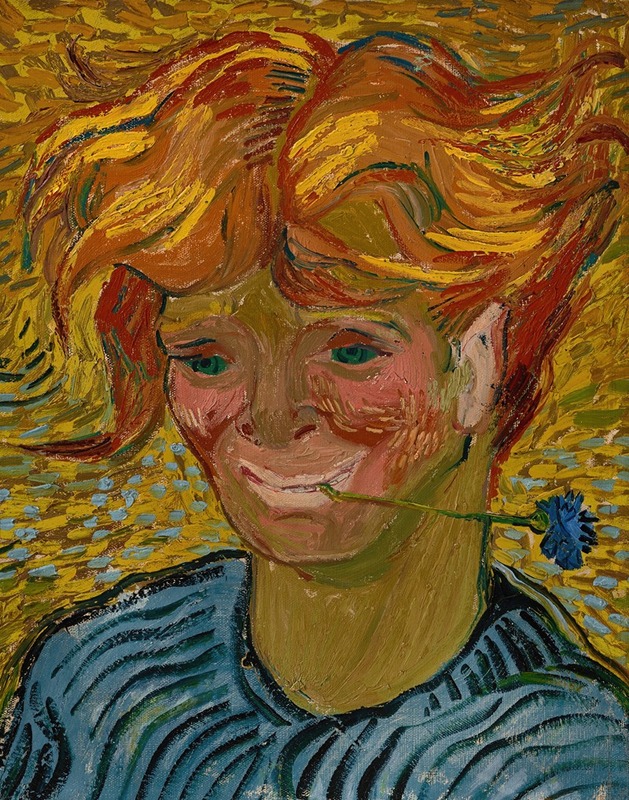
Jeune homme au bleuet
A hand-painted replica of Vincent van Gogh’s masterpiece Jeune homme au bleuet, meticulously crafted by professional artists to capture the true essence of the original. Each piece is created with museum-quality canvas and rare mineral pigments, carefully painted by experienced artists with delicate brushstrokes and rich, layered colors to perfectly recreate the texture of the original artwork. Unlike machine-printed reproductions, this hand-painted version brings the painting to life, infused with the artist’s emotions and skill in every stroke. Whether for personal collection or home decoration, it instantly elevates the artistic atmosphere of any space.
"Jeune homme au bleuet" (Young Man with a Cornflower) is a painting by the renowned Dutch artist Vincent van Gogh. This artwork is part of Van Gogh's prolific body of work created during the late 19th century, a period marked by his intense exploration of color, emotion, and the human condition.
Vincent van Gogh, born on March 30, 1853, in Zundert, Netherlands, is one of the most famous figures in Western art history. Despite his posthumous fame, Van Gogh struggled with mental health issues and financial instability throughout his life. His artistic career, although brief, was incredibly productive, yielding over 2,100 artworks, including around 860 oil paintings.
"Jeune homme au bleuet" is believed to have been painted during Van Gogh's time in France, a period that significantly influenced his artistic style. After moving to Paris in 1886, Van Gogh was exposed to the works of the Impressionists and Post-Impressionists, which inspired him to adopt brighter colors and more expressive brushwork. This period was crucial in the development of his unique style, characterized by bold colors and dramatic, impulsive, and expressive brushstrokes.
The painting depicts a young man adorned with a cornflower, a motif that Van Gogh often used to symbolize simplicity and the beauty of nature. Cornflowers, with their vibrant blue hue, were a common sight in the rural landscapes that Van Gogh loved to paint. The use of the cornflower in this portrait may reflect Van Gogh's appreciation for the natural world and his desire to capture its essence in his art.
Van Gogh's portraits are known for their emotional depth and psychological insight. In "Jeune homme au bleuet," the artist captures the introspective nature of the subject, using color and form to convey a sense of contemplation and inner life. The painting exemplifies Van Gogh's ability to infuse his works with emotional resonance, a quality that has captivated audiences for generations.
The exact date of the painting's creation is not definitively known, but it is generally attributed to the later years of Van Gogh's life, a time when he produced some of his most celebrated works. During this period, Van Gogh was living in the south of France, in places like Arles and Saint-Rémy-de-Provence, where he created many of his masterpieces.
"Jeune homme au bleuet" is part of a broader series of portraits and studies that Van Gogh completed during his time in France. These works reflect his ongoing exploration of human expression and his commitment to capturing the essence of his subjects. Van Gogh's portraits, including this one, are celebrated for their ability to convey the complexity and depth of human emotion.
Today, Vincent van Gogh's works are held in high esteem, and his paintings are among the most recognizable and valuable in the world. "Jeune homme au bleuet," like many of Van Gogh's works, continues to be studied and admired for its artistic innovation and emotional power. The painting is a testament to Van Gogh's enduring legacy as a master of color and emotion, whose work continues to inspire and move audiences worldwide.






